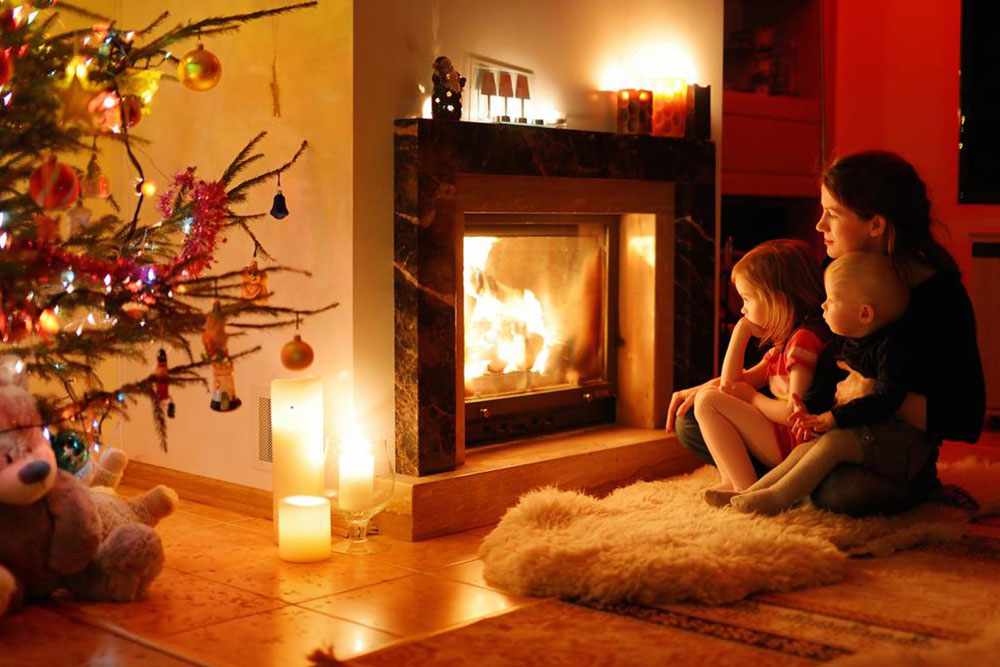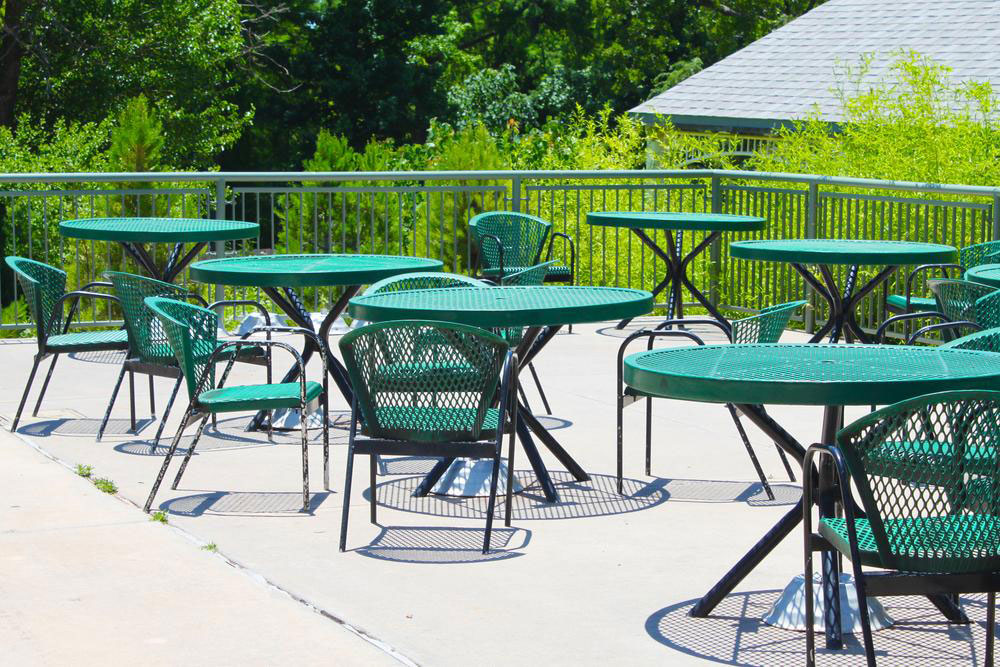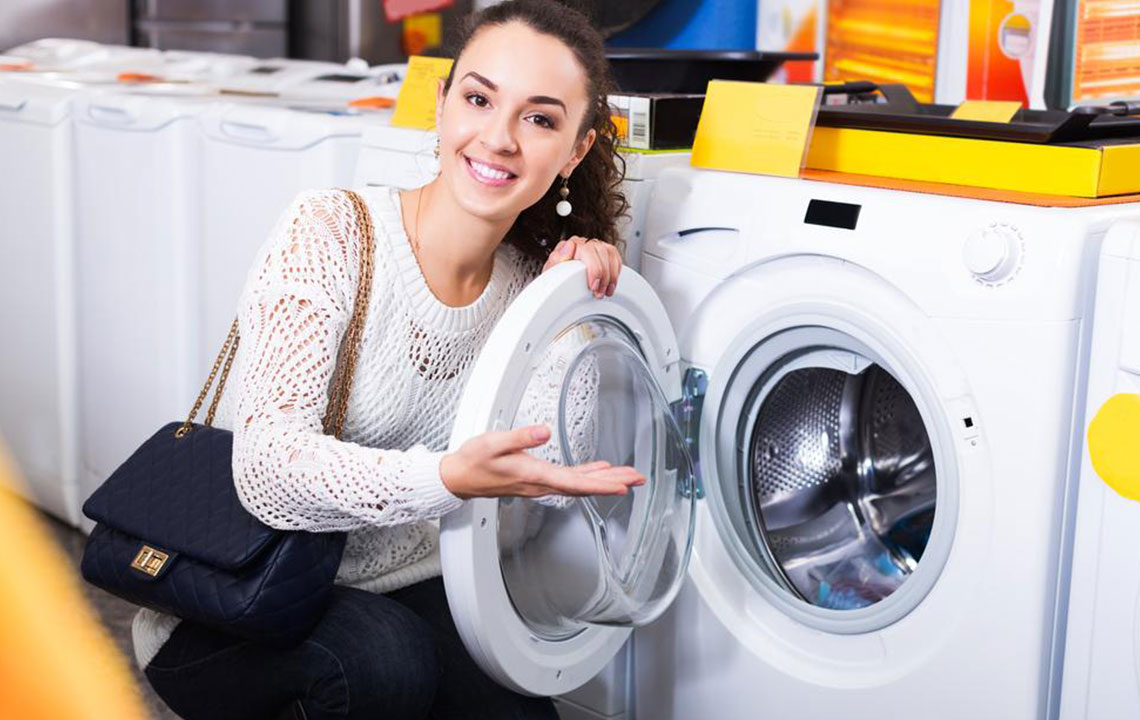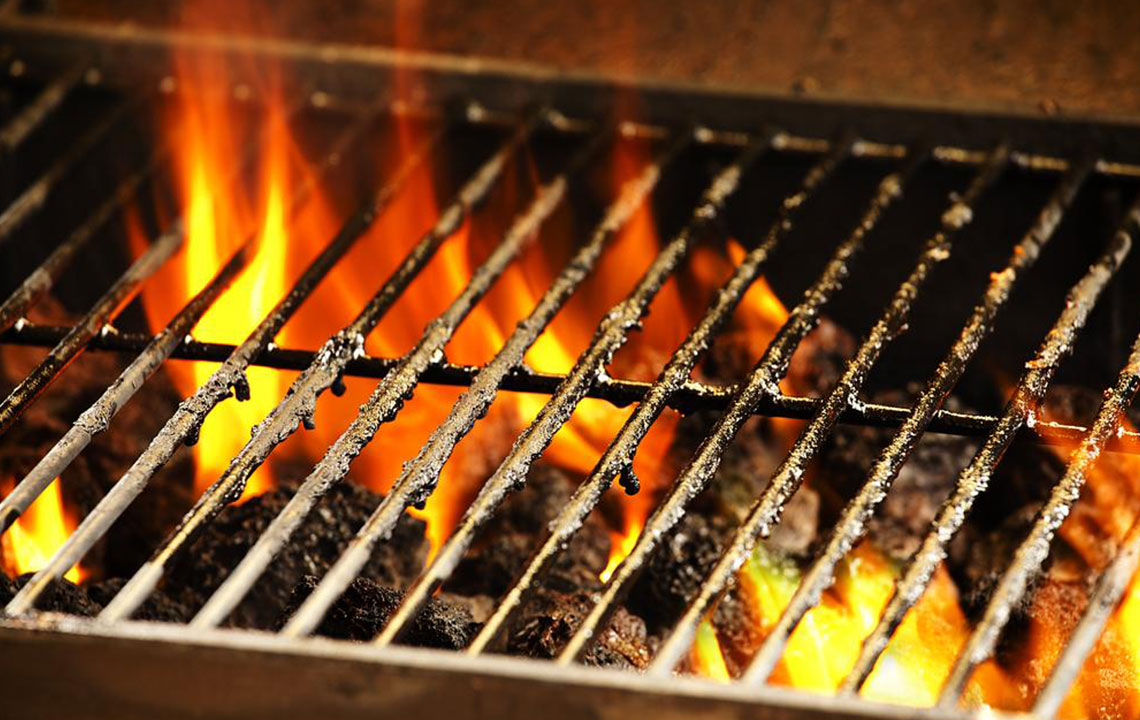Common Misconceptions About Indoor Fireplaces Clarified
Discover the truth about indoor fireplaces by debunking common myths. Learn about their heating capabilities, maintenance needs, energy efficiency, and safety tips. Make informed decisions to enjoy cozy, efficient heating with your fireplace. Proper care and understanding can enhance safety and reduce costs, turning your fireplace into a reliable home feature.

Common Misconceptions About Indoor Fireplaces Clarified
Thinking about installing an indoor fireplace? While many desire a warm and inviting space, certain myths can cloud your judgment. Knowing the facts ensures you make informed decisions and select the perfect fireplace for your home.
Indoor fireplaces heat the whole house
Contrary to popular belief, wood-burning fireplaces generally warm only a small zone, like a single room. Many homeowners use them to add charm during chilly seasons. For low-maintenance heating, portable gel fireplaces are a practical choice.
Skipping regular inspections if unused is fine
This isn't true. Even dormant fireplaces require periodic checks to prevent pests like rodents or insects. Ignoring maintenance can lead to health hazards from dirt, mold, or debris buildup.
Fireplaces always operate efficiently
In reality, fireplaces are among the least energy-efficient heating options. A large fire can use over 200,000 cubic feet of air hourly. Cold drafts must be compensated for by your home’s main heating, boosting energy expenses. Choosing quality units and proper usage can help lower your energy bills.
Softwoods are unsafe for burning
This is a myth. Many believe softwoods like pine cause creosote buildup due to sap. However, research shows creosote primarily forms from low-temperature fires, not the resin content. Seasoned softwoods can be safe and effective for use.
Clearing up these misconceptions and maintaining your fireplace properly ensures safe, efficient, and cost-effective heating. Choose high-quality models and regular upkeep for optimal performance.


